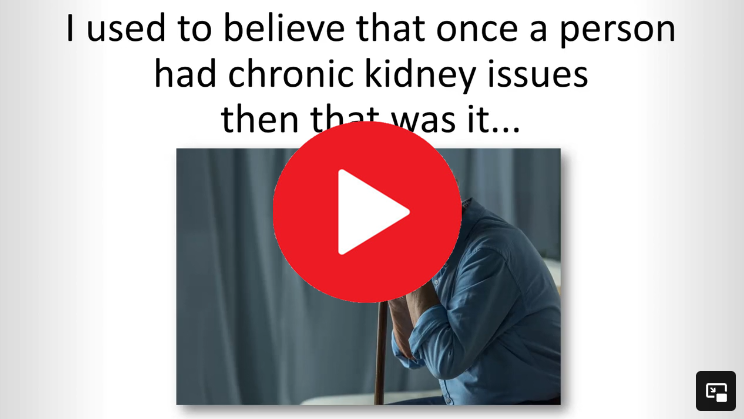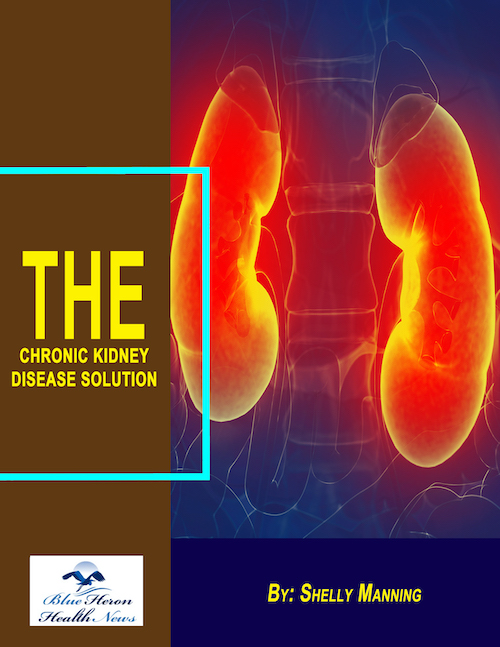The Chronic Kidney Disease Solution™ By Shelly Manning It is an eBook that includes the most popular methods to care and manage kidney diseases by following the information provided in it. This easily readable eBook covers up various important topics like what is chronic kidney disease, how it is caused, how it can be diagnosed, tissue damages caused by chronic inflammation, how your condition is affected by gut biome, choices for powerful lifestyle and chronic kidney disease with natural tools etc.
Types of dialysis access (AV fistula, graft, catheter)
Dialysis access is crucial for patients undergoing hemodialysis, as it provides a pathway for blood to flow in and out of the dialysis machine for filtration. There are three primary types of vascular access: arteriovenous (AV) fistula, AV graft, and central venous catheter. Here’s a breakdown of each:
1. Arteriovenous (AV) Fistula
- Description: An AV fistula is created by surgically connecting an artery directly to a vein, typically in the forearm or upper arm.
- Pros:
- Preferred long-term access due to fewer complications.
- High blood flow rates, which can lead to more efficient dialysis.
- Lower risk of infection and clotting compared to other access types.
- Lasts longer than grafts or catheters if maintained well.
- Cons:
- Takes weeks or months to mature before it can be used for dialysis.
- Some patients may not have suitable veins for a fistula.
- Ideal for: Long-term dialysis patients, especially those with good vein health.
2. Arteriovenous (AV) Graft
- Description: An AV graft is a synthetic tube implanted under the skin to connect an artery to a vein.
- Pros:
- Can be used sooner than a fistula, usually within 2–3 weeks after surgery.
- Good alternative for patients whose veins are too small or weak for a fistula.
- Cons:
- Higher risk of infection and clotting than a fistula.
- Typically has a shorter lifespan than an AV fistula.
- Ideal for: Patients who need dialysis access quickly but lack suitable veins for a fistula.
3. Central Venous Catheter (CVC)
- Description: A catheter is a tube placed into a large vein, often in the neck (internal jugular), chest, or groin.
- Pros:
- Can be used immediately, so it’s often the choice for patients needing urgent dialysis.
- No need for surgical creation like in fistulas or grafts.
- Cons:
- Highest risk of infection, clotting, and vein scarring.
- Short-term solution; not ideal for long-term use.
- Ideal for: Emergency dialysis or when other forms of access are not feasible temporarily.
Comparison Summary
- AV Fistula: Best long-term option with the lowest risk of complications but requires time to mature.
- AV Graft: Good alternative when a fistula is not possible; quicker to use but with higher risks.
- CVC: Temporary or emergency solution with the highest risk of complications.
 The Chronic Kidney Disease Solution™ By Shelly Manning It is an eBook that includes the most popular methods to care and manage kidney diseases by following the information provided in it. This easily readable eBook covers up various important topics like what is chronic kidney disease, how it is caused, how it can be diagnosed, tissue damages caused by chronic inflammation, how your condition is affected by gut biome, choices for powerful lifestyle and chronic kidney disease with natural tools etc.
The Chronic Kidney Disease Solution™ By Shelly Manning It is an eBook that includes the most popular methods to care and manage kidney diseases by following the information provided in it. This easily readable eBook covers up various important topics like what is chronic kidney disease, how it is caused, how it can be diagnosed, tissue damages caused by chronic inflammation, how your condition is affected by gut biome, choices for powerful lifestyle and chronic kidney disease with natural tools etc.
